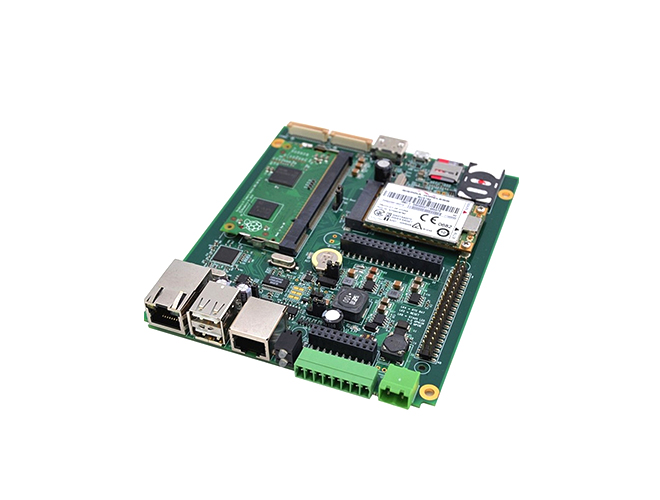-
CN
-
Service Hotline
+8618129931046 Mr. Liao


Time:2025-05-06 Views:1

In overseas markets, especially in regions with a strong emphasis on environmental protection, the requirements for printed circuit boards (PCBs) have become increasingly stringent. These requirements are driven by a combination of environmental regulations, consumer awareness, and corporate social responsibility initiatives.
One of the primary environmental requirements for PCBs in overseas markets is compliance with the Restriction of Hazardous Substances (RoHS) directive. RoHS restricts the use of six hazardous substances in electrical and electronic equipment, including lead, mercury, cadmium, hexavalent chromium, polybrominated biphenyls (PBBs), and polybrominated diphenyl ethers (PBDEs). PCBs used in products sold in the European Union, for example, must meet the RoHS standards. This means that the materials used in PCB manufacturing, such as the substrate, solder, and components, should not contain these restricted substances above the specified limits. Manufacturers need to ensure that the raw materials they source, like copper foils, laminates, and soldering materials, are RoHS - compliant.
Another important aspect is the Waste Electrical and Electronic Equipment (WEEE) directive. This directive focuses on the proper disposal, recycling, and recovery of electrical and electronic waste. PCBs, as integral parts of electronic devices, are subject to WEEE requirements. Overseas markets often demand that PCB manufacturers implement measures to facilitate the easy separation and recycling of PCBs at the end - of - life of electronic products. This could involve using materials that are compatible with recycling processes, such as easily separable laminates and lead - free solders that can be recycled without causing environmental pollution.
Some regions also have specific requirements regarding the energy efficiency of electronic products, which indirectly impacts PCB design. PCBs need to be designed in a way that minimizes power consumption, for example, by reducing resistive losses in traces and using components with low power - dissipation characteristics. This not only helps in meeting energy - efficiency standards but also contributes to overall environmental sustainability by reducing the energy footprint of electronic devices. Additionally, there is an increasing trend towards using sustainable and renewable materials in PCB manufacturing. Some overseas markets encourage or even require the use of bio - based or recycled materials in PCB production. For instance, there are efforts to develop PCB substrates made from renewable resources like bamboo or recycled paper - based materials, which can significantly reduce the environmental impact associated with traditional PCB manufacturing processes.